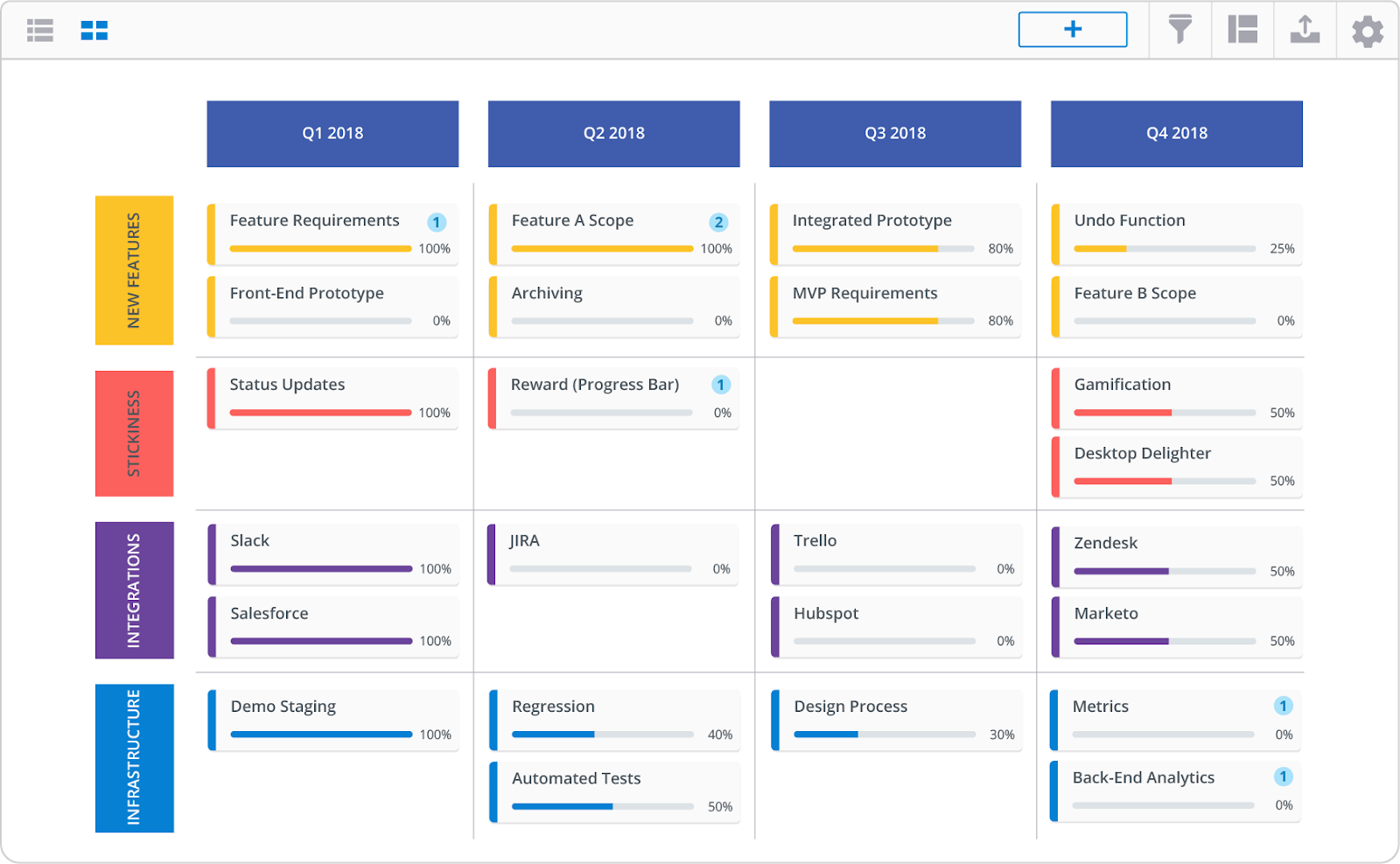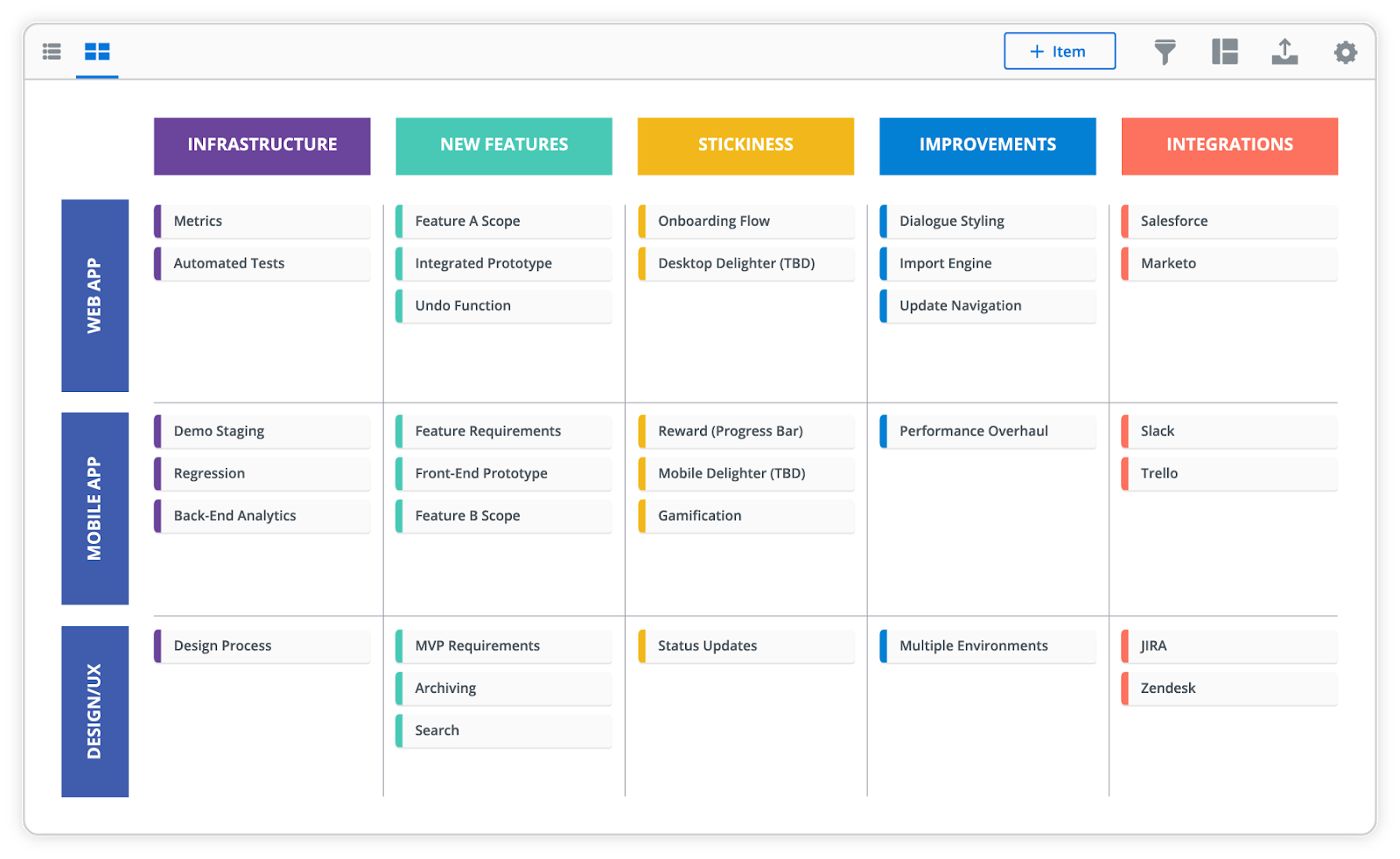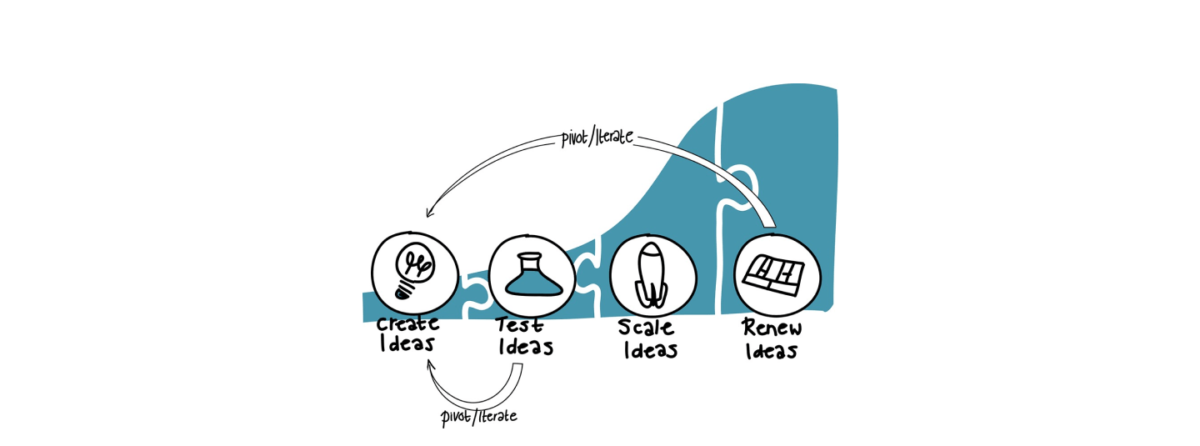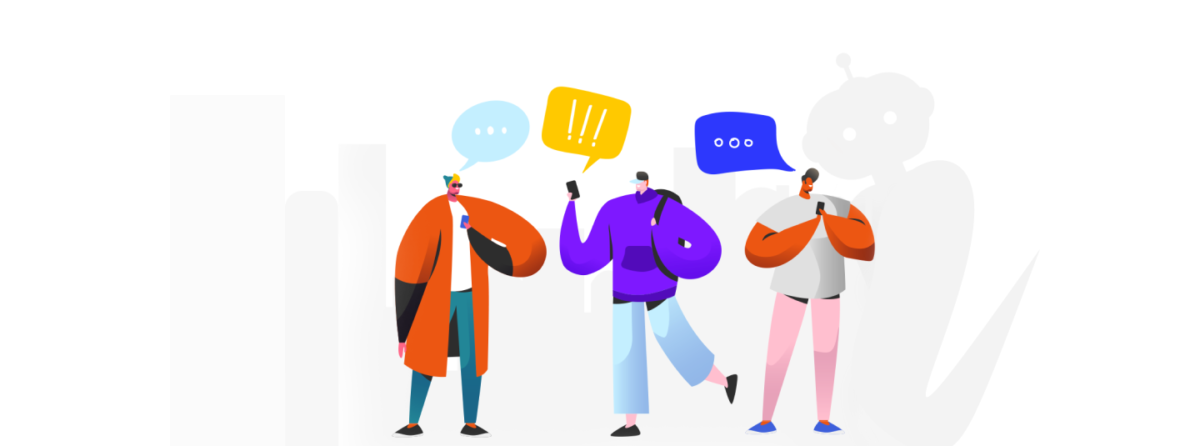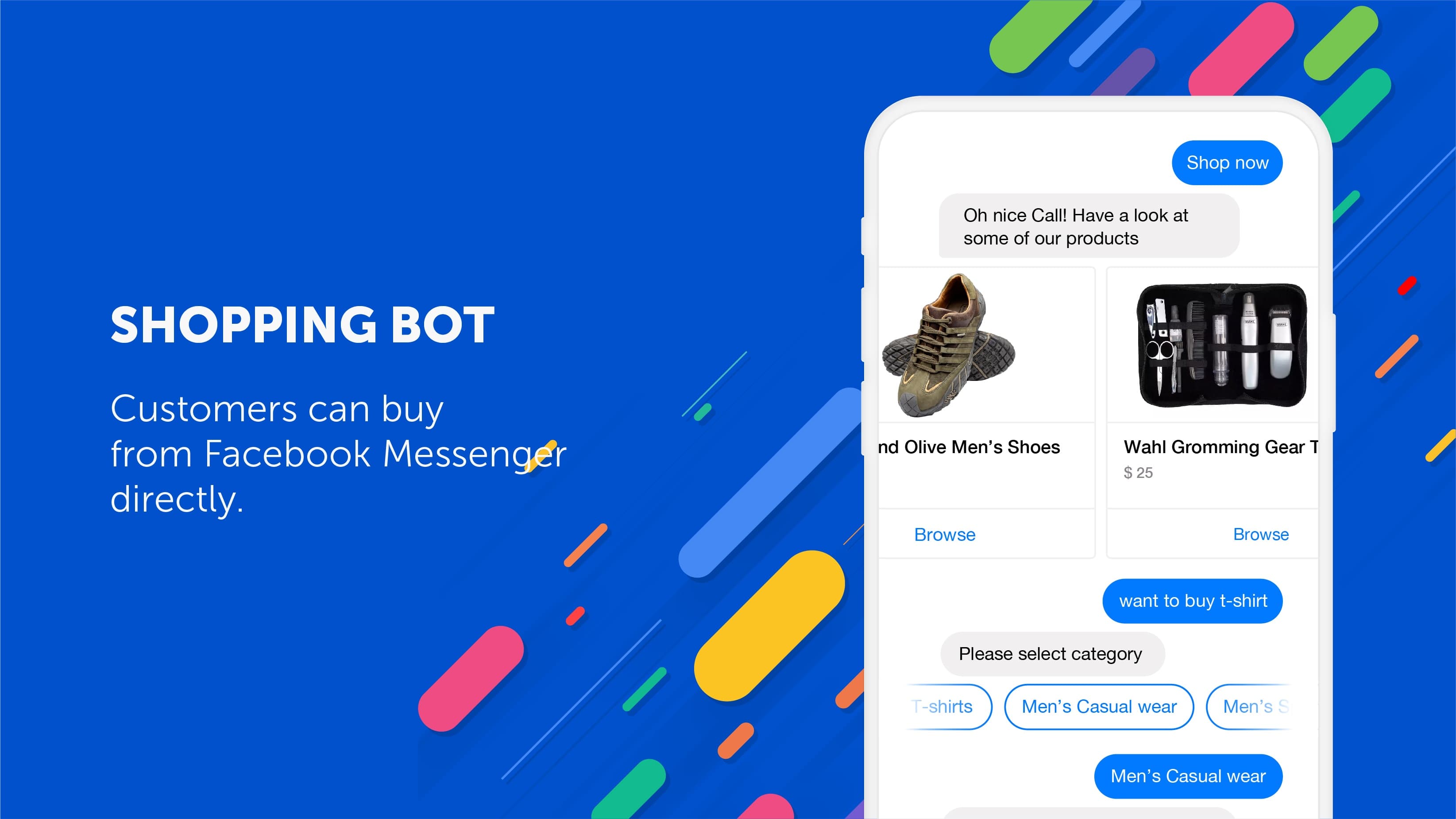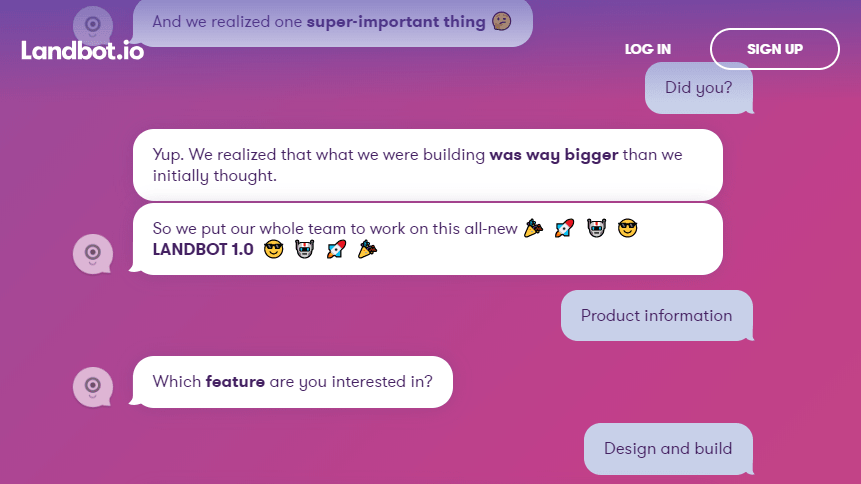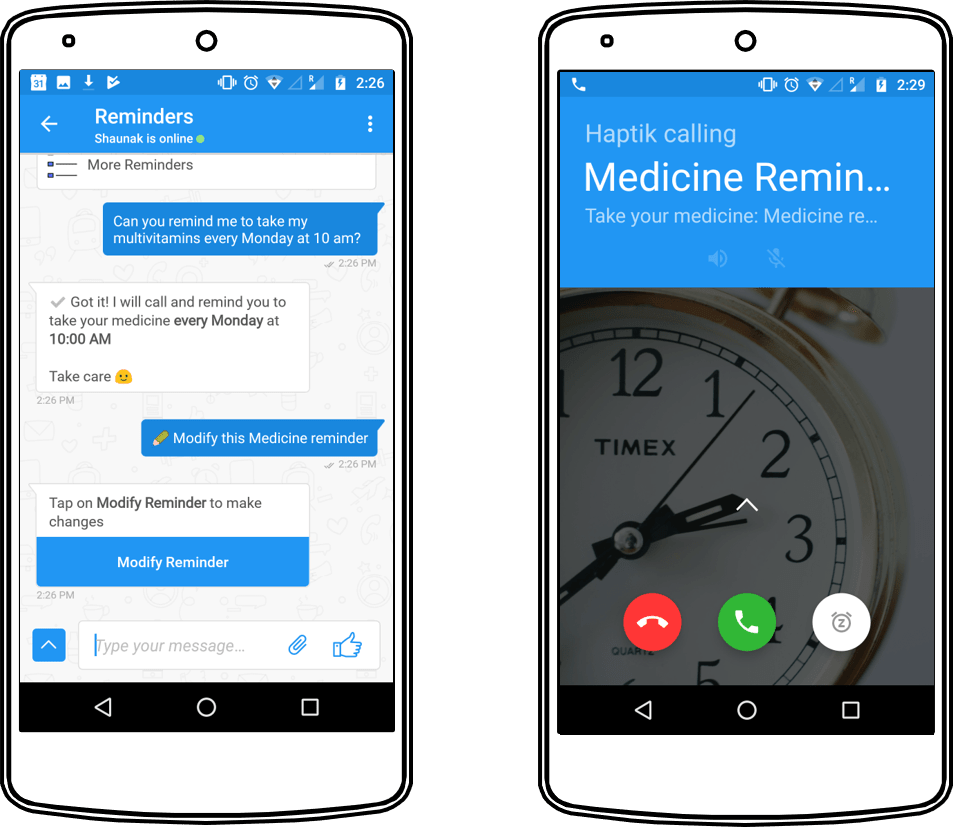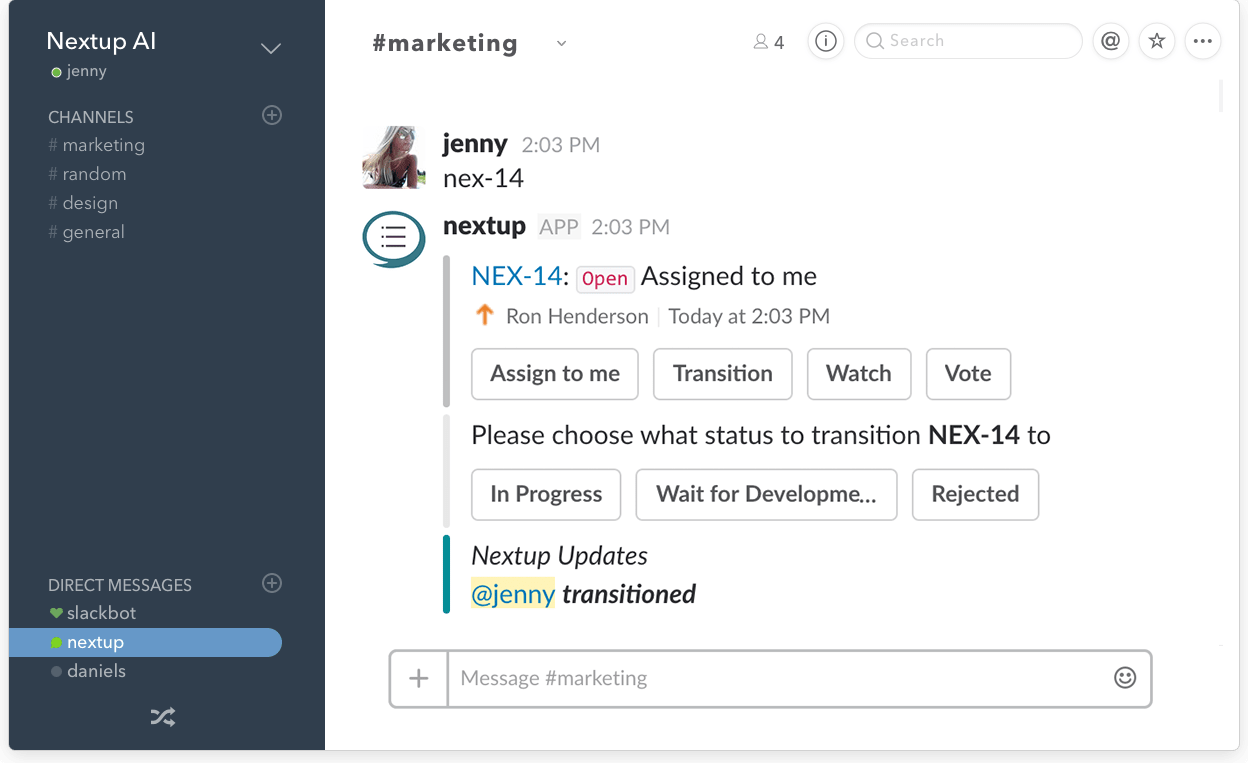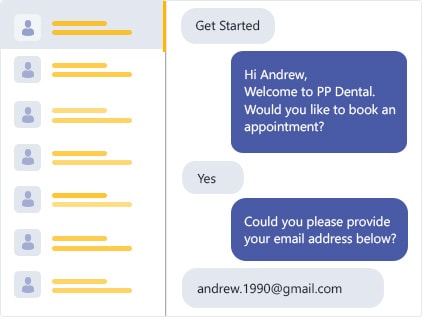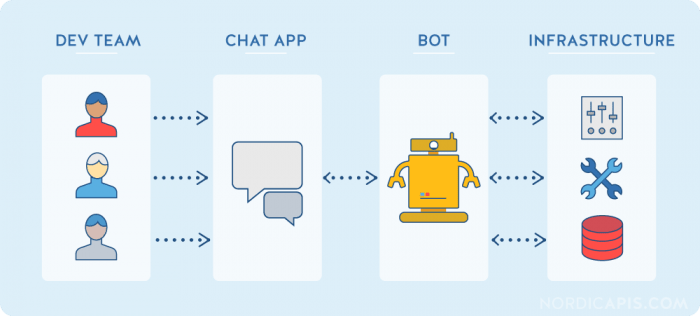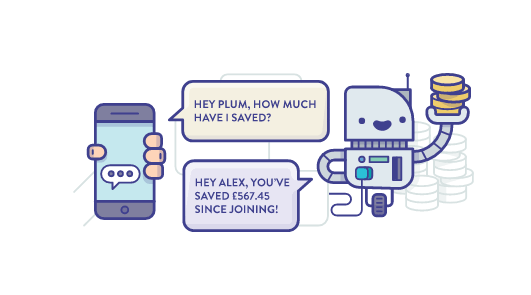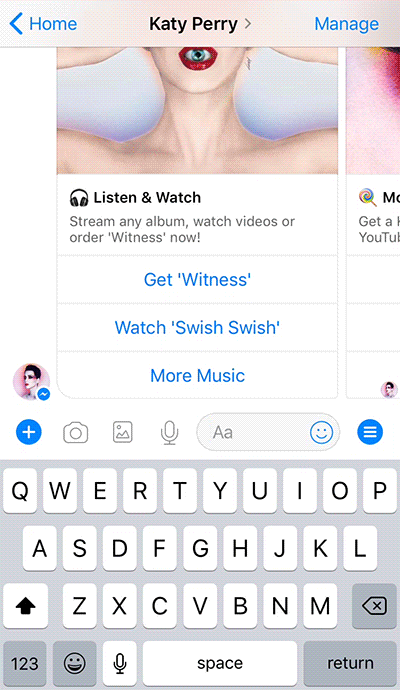Product roadmaps are like snowflakes. Each one is different and unique. That’s why there’s no single best way to create one.
But a good one will tell you the “why” behind the product you are building. It’ll give a visual summary of your product vision. It’ll be a living document with a changeable plan.
It’s part of every product manager’s job to create a product roadmap. Yet every product manager struggles with it.
Planning, creating and communicating a compelling roadmap are no easy feat.
From years of failing, learning and iterating, we have figured out 4 key ingredients to develop a robust product roadmap:
1. STRATEGY
In developing your strategy, you need to clearly explain:
- Your product vision
- Problems you are solving
- Who your target customers are
Make sure you document this in a language that your stakeholders understand.
Challenges to overcome:
- Your roadmap may be too far-sighted
Many product managers tend to include long term plans and deliverables into their roadmap. And sometimes these go as far as three to four years into the future. Don’t do that.
In an era of agile development, you would be required to make changes in product development according to changing market demands and technologies. That’s why it’s important to keep your roadmap fluid and high-level, so that it can accommodate change of priorities easily and quickly.
- Your roadmap may not be prioritised
As a product manager, it is your responsibility to create goals that drive prioritization. And it is also your responsibility to ensure that your roadmap is aligned with your organisation goals.
This will help you make better decisions in choosing whether to pick your senior management’s favorite project or build a feature demanded by your target customer.
Using metrics will help you make better product decisions and drive your product roadmap more effectively.
Whatever metrics you choose, they should be aligned with your organisational goals and show results that matter. Choose a few of them but wisely.
For example, getting likes is merely good for company ego, but getting active users will actually bring revenues for the company.
2. PRIORITISATION
As a product manager, you often have too much data and you don’t know how to sort it out or to focus on what really matters.
Here are a few outlets from where you can sort relevant data:
- Customers – Start with getting feedback from customers who are using your product. It could be phone or one-on-one interviews, online surveys, depending on how your customers prefer to communicate.
- Competition – You can avoid a lot of failures by looking at your competitor’s mistakes. Your competition can tell you what customers like about a certain product, what they don’t like, and what they wish they had.
- Sales – Make sure you include sales’ feedback and leverage their knowledge of the market and target customers. These are the people who will sell your product. It’s important to have their buy-in from the beginning.
- Research – There are analyst research reports available in your category of product that can give you insight into what types of products work, with whom, and why. Combine them with real-world data gathered by your own sales team to better align your stakeholders while building your roadmap.
Make broad strokes/themes
Given that the roadmap should be high-level strategy, make sure you create broad headings/themes under which you can put in clusters of similar features or initiatives.
You could pick a few high-level goals you want to achieve. Ideally, they should not be long term. They should span one or a few releases, but never be feature-specific. They can contain one or more epics though.
The biggest advantage of this approach is that you can switch features in and out of these themes without disrupting the roadmap.
How to Prioritize?
- Engage your entire team to prioritize to get their buy-in early on.
- Focus on high-level goals rather than details.
- Cluster multiple initiatives into strategic themes.
- Evaluate what value each theme brings to customers. Depend on customer value rather than customer opinion.
- Examine how much level of effort is required to accomplish a theme. The level of effort could be defined as all the costs borne by the team, business and even customers — time, expertise and money — to bring an initiative to its completion.
- Learn to say NO to feature requests that might seem like easy wins, but in the end add no significant value to the product.
3. EXECUTION
A great way to collaborate across your organisation is to empower each of your stakeholders to drive their own initiatives within their field of expertise. And you as a product manager should put these initiatives together into the big picture for the executive buy-in.
Here are the 3 most popular types of roadmaps:
Timeline-based
A timeline-based roadmap will show your initiatives in the context of time. It will visually communicate how long you will take to accomplish every initiative in the order of priority.
A word of caution here: keep your dates high-level and avoid being too specific. Your deadlines should not be the focus of your roadmap. Your strategic priorities should be.
Here’s an example:
Roadmap without dates
This is the kind of roadmap that focuses on how you achieve your goal rather than when. Instead of specific dates, you put your initiatives in order of priority .i.e what must get done first.
Here’s an example:
Kanban
Kanban roadmap shows priorities and progress/status at each stage of development to the stakeholder. You plan according to the amount of work in progress and your team’s capacity. As a result, you have more focus and transparency throughout the development cycle.
Here’s an example:
4. COMMUNICATION
Communication is just as iterative as the process of planning your roadmap. You need to have buy-in of your stakeholders at every step of the way.
Planning: You can use a high-level roadmap to talk to your executives about the themes that you’ve zeroed in on as the most important for your upcoming planning period. Show how each theme on the roadmap aligns with the product vision.
Prioritization: Get all your stakeholders involved in ranking their priorities. Make the whole process transparent to get cross-functional buy-in. They should know from the onset why certain projects are prioritised over others.
Execution: When your vision is converted into action, make sure that each department knows how their work is contributing to the big picture.
Release: Before the product is handed over to the sales/marketing team, make sure you communicate how your product solves customers’ problems and what value it brings to them. This will allow the sales/marketing team to position and sell the product successfully.
Tips to get cross-functional buy-in:
- Tell a convincing story and show the ‘why’ behind every initiative on the roadmap.
- Start with the big picture and then zoom into specifics. Tell the ‘why’ of your strategic goals before getting into the details of ‘how’ and ‘what’.
- Make it clear and concise. Your product strategy should be distilled into a clear message with obvious takeaways for stakeholders.
- You should be able to justify your prioritisation with data and collaborative planning.
- Your initiatives should be able to show the customer value they bring.
- Tailor your message according to the stakeholders you are facing. If you are dealing with top level executives, communicating your high-level strategy would be crucial. Whereas if you are dealing with developers, you could talk about specific release plans and contribution to the bigger picture.
- Tailor your language according to your audience. If your audience is non-technical, dumb down the technical terms and jargon to describe features and title initiatives.
- Show a high-level completion of each initiative as percentage completion without diving too deep into details on your roadmap.
- Use a broad color scheme to distinguish the status of each initiative on your roadmap.
You can also check out the “Checklist to create your Product Roadmap” here
One last reminder
The more aligned you are with the interests of your different stakeholders across the organisation, better are your chances of succeeding with your roadmap.
Get cracking!




